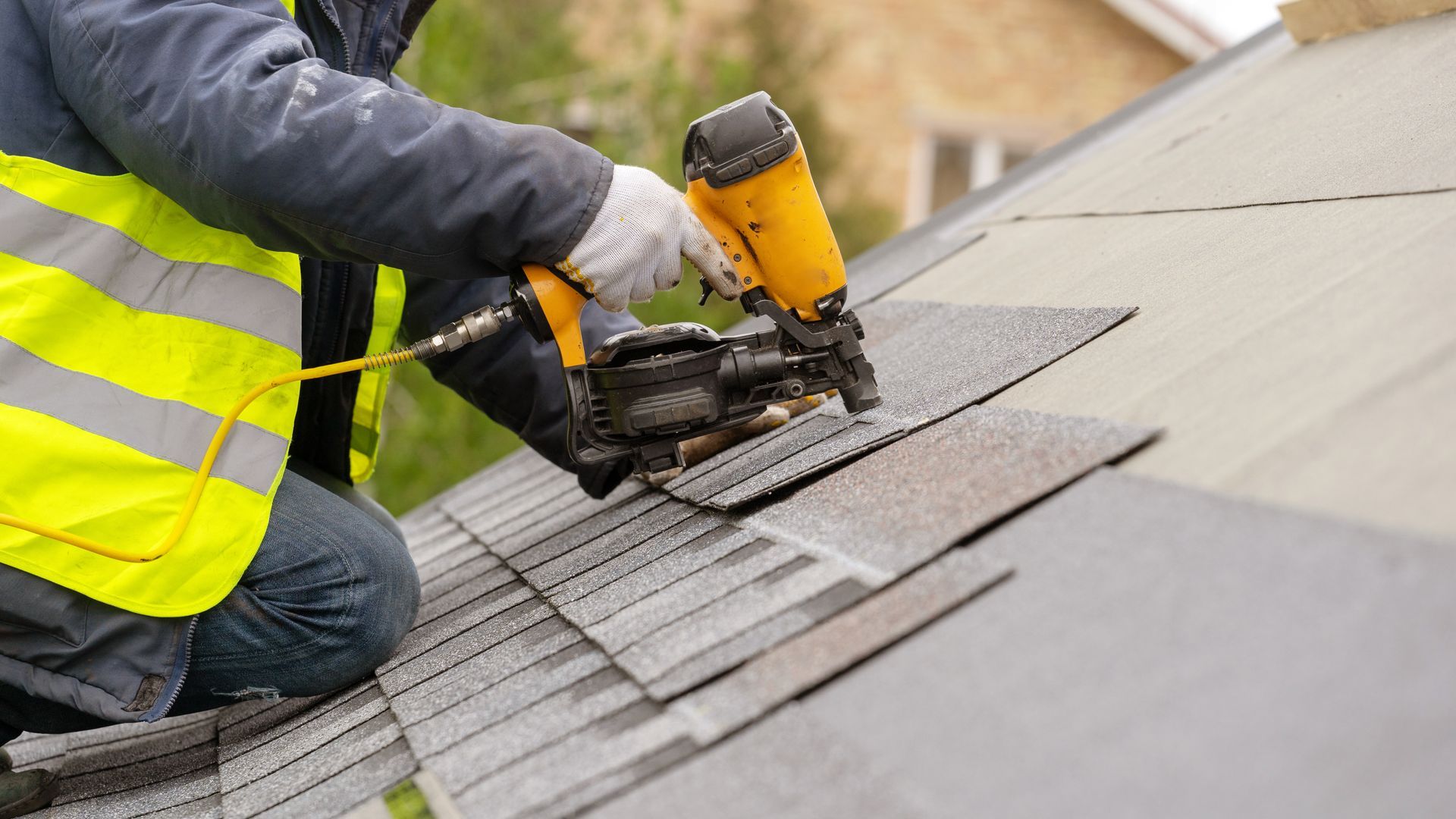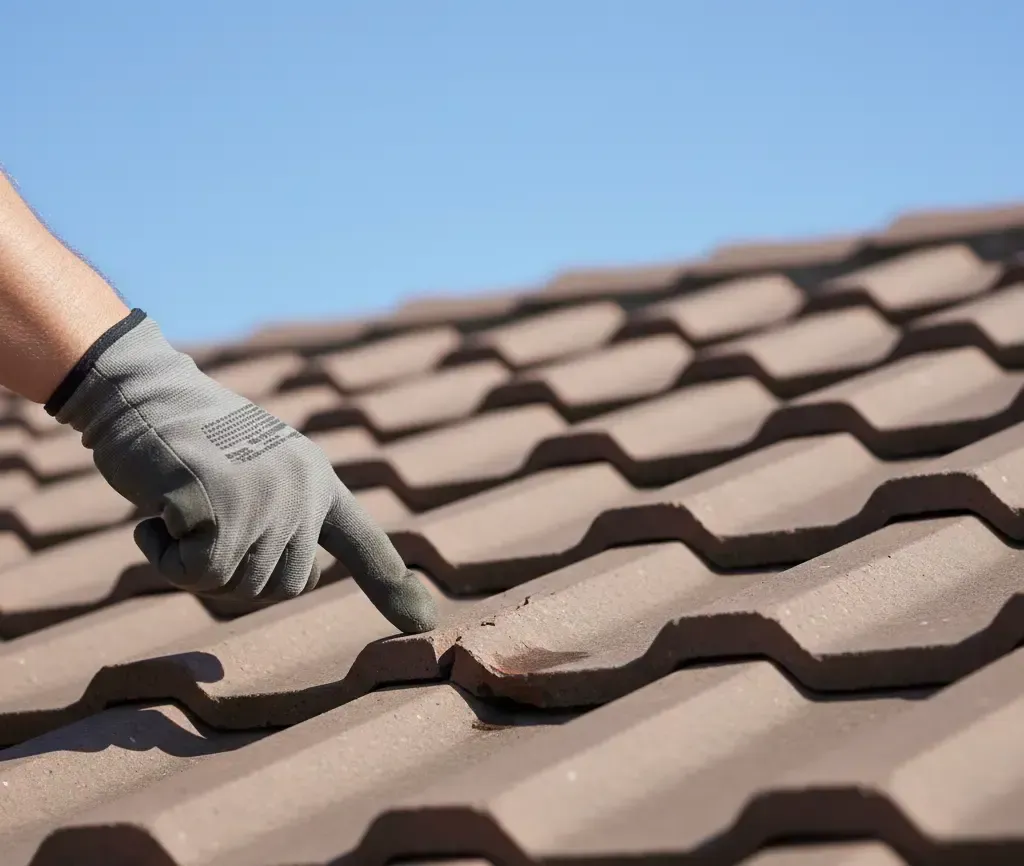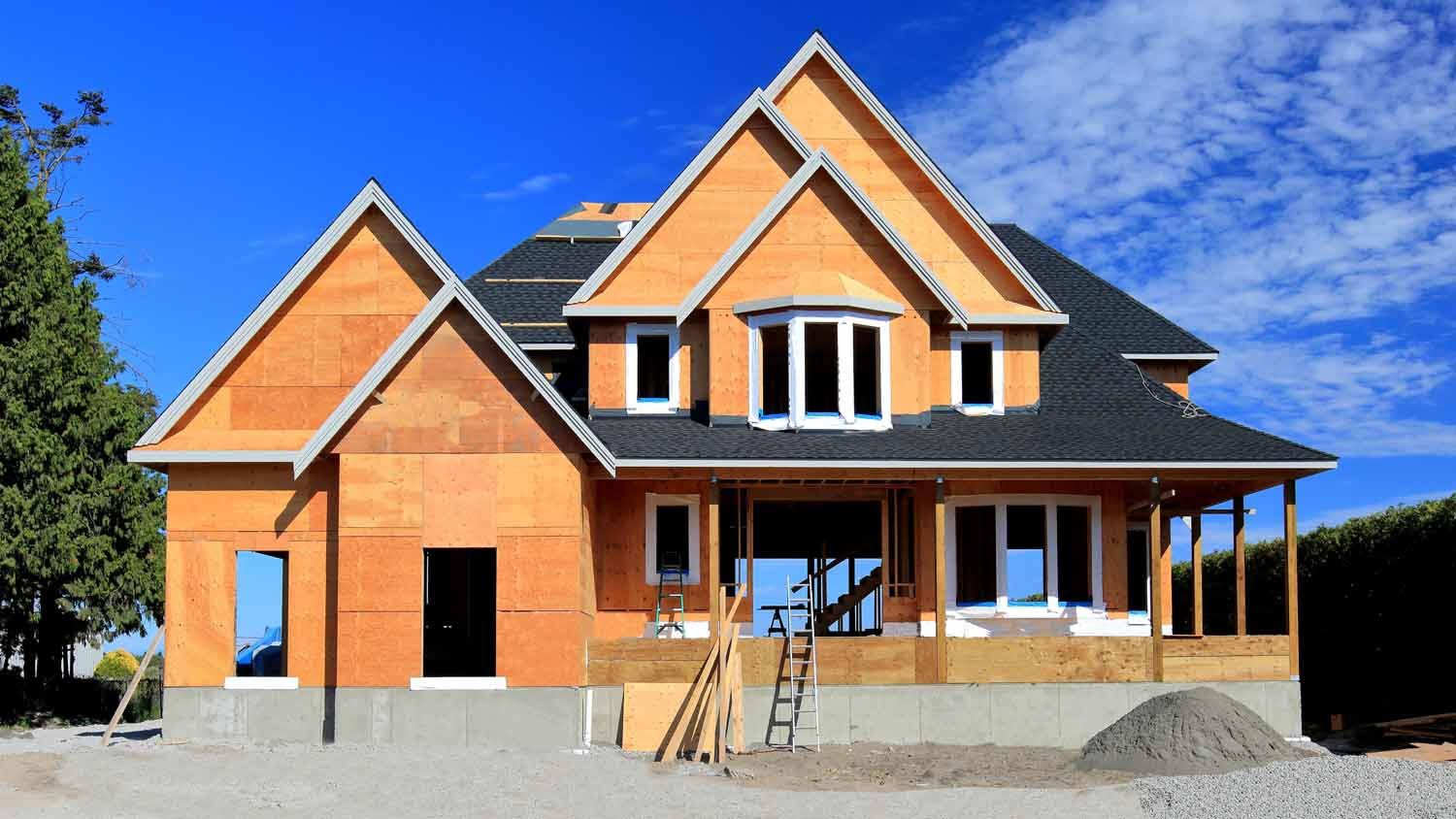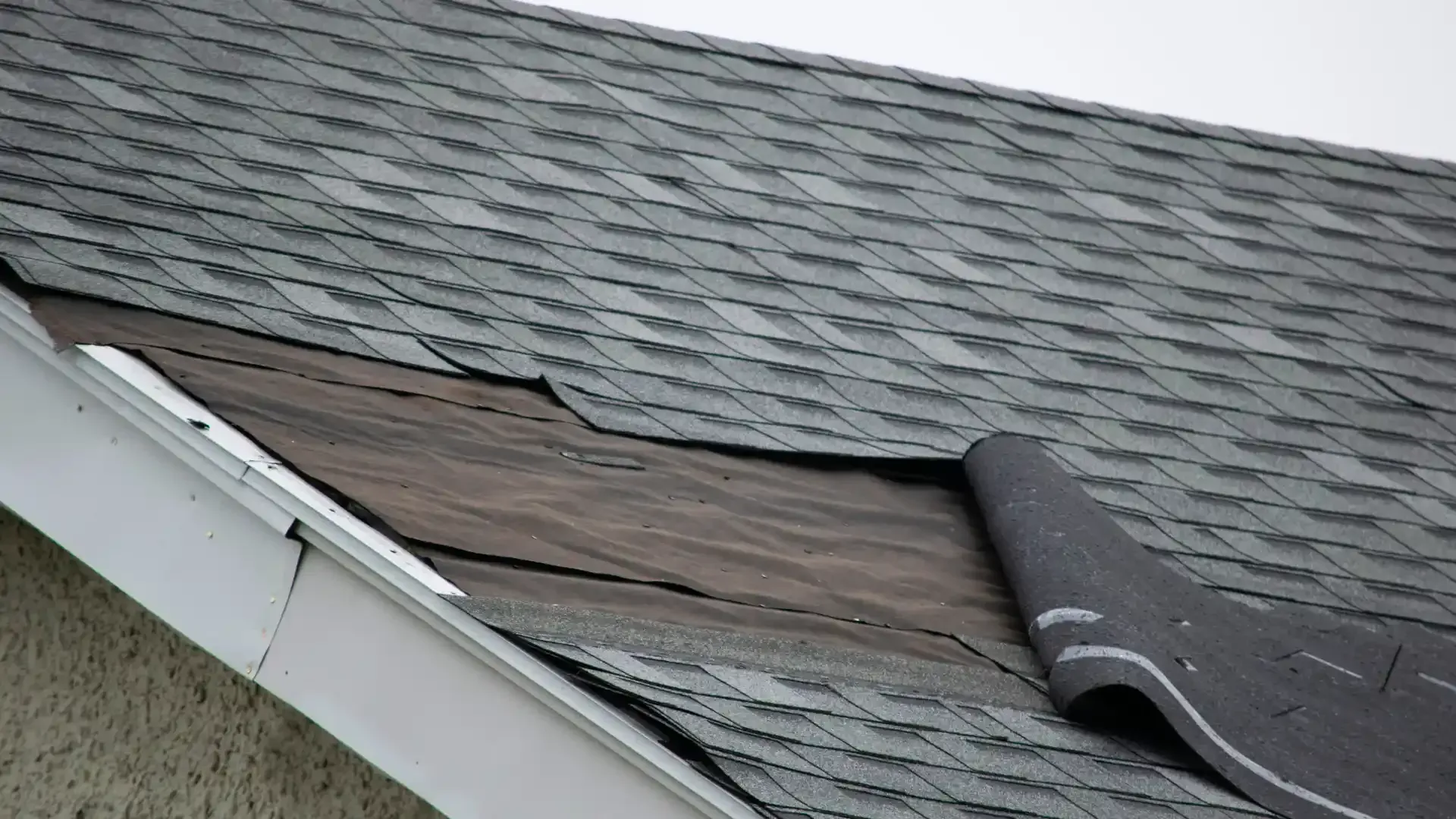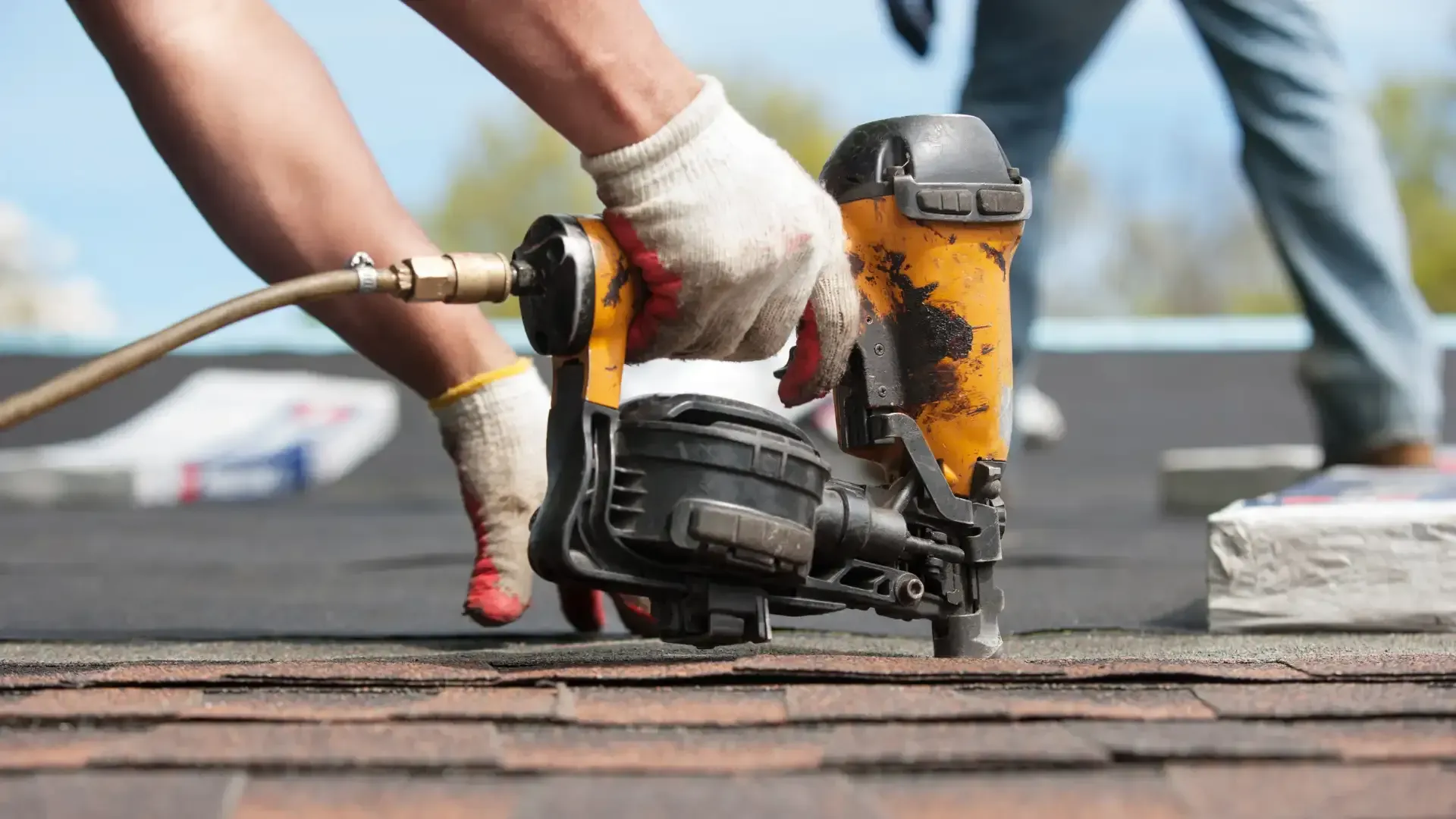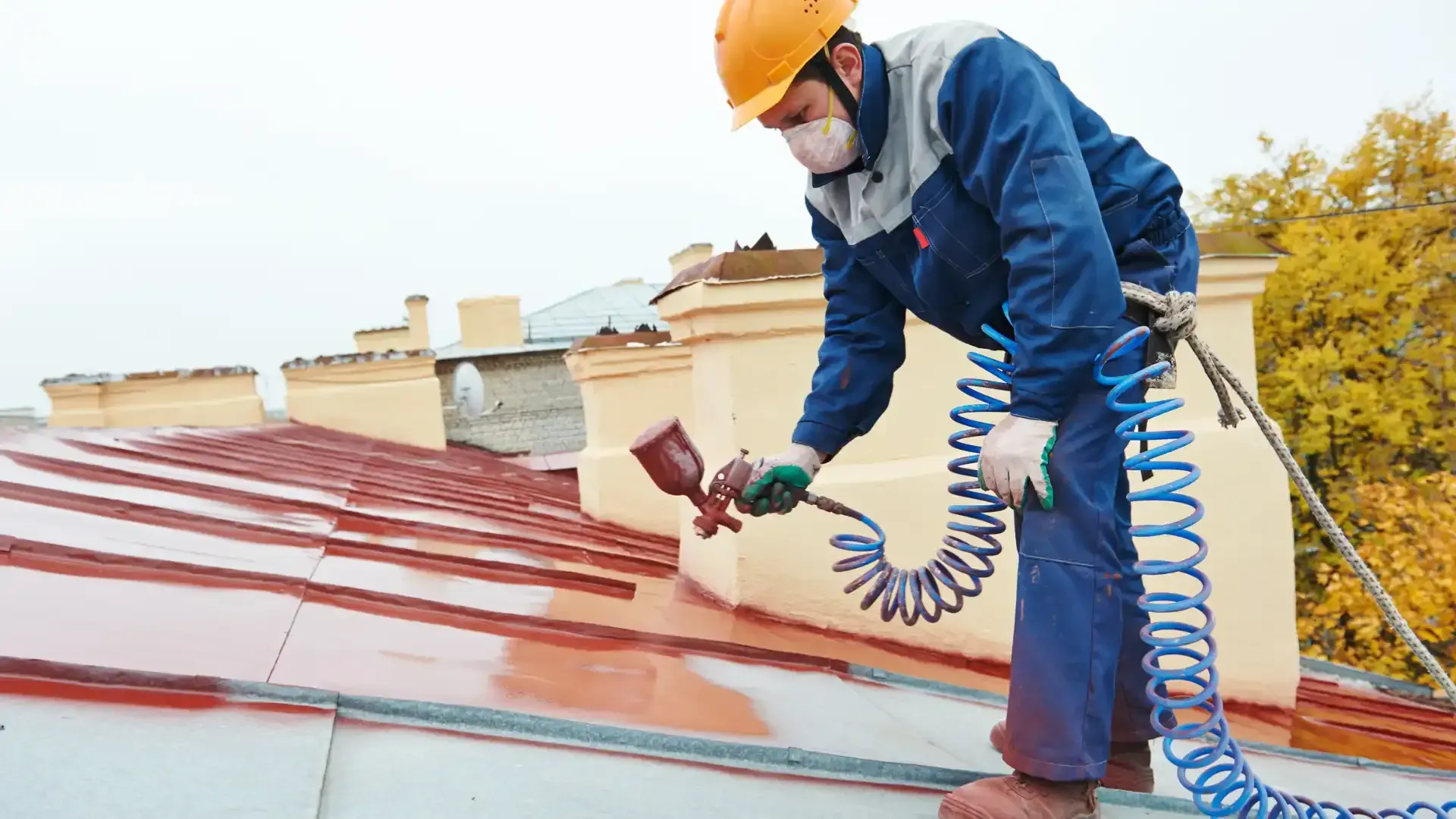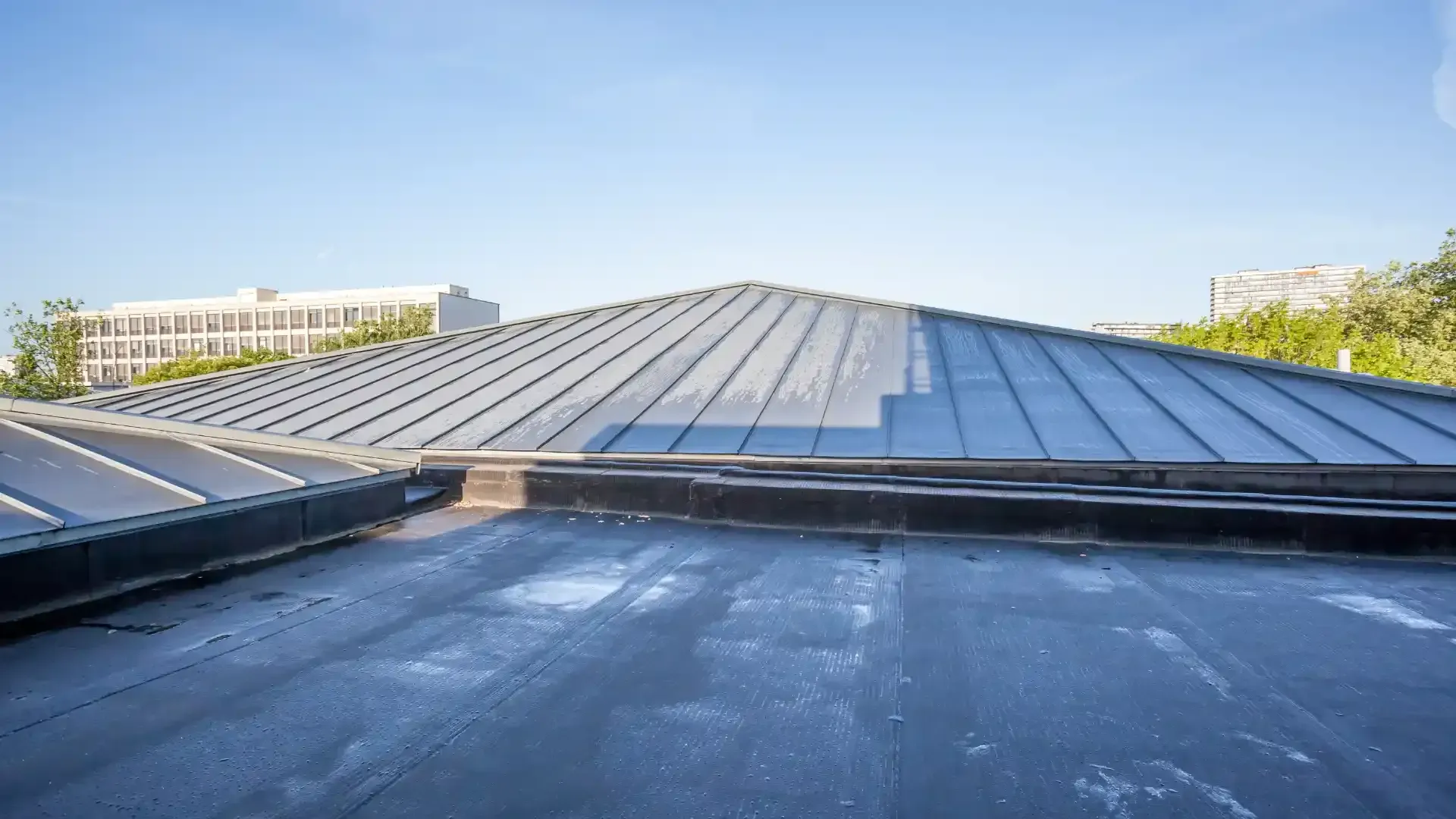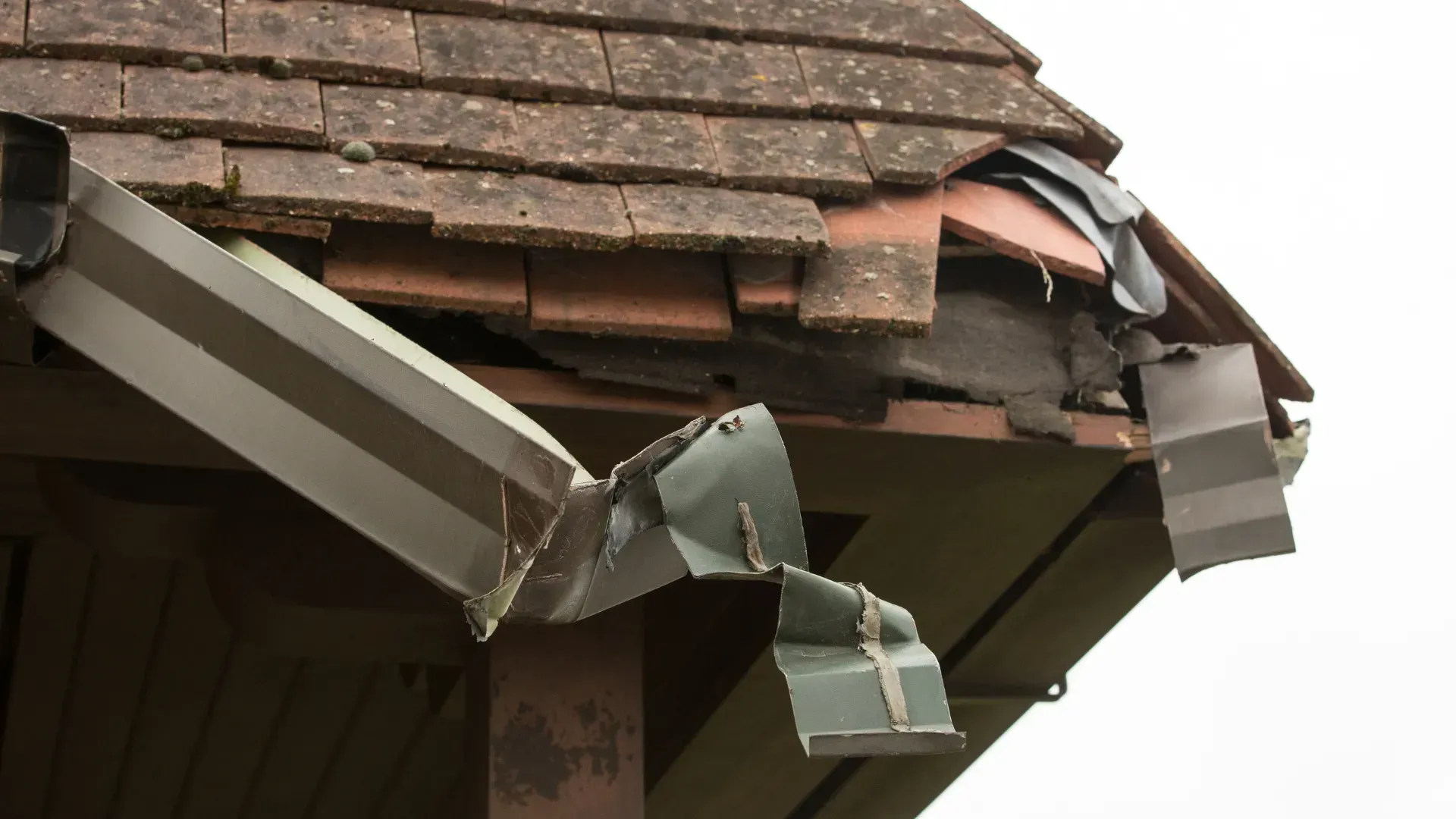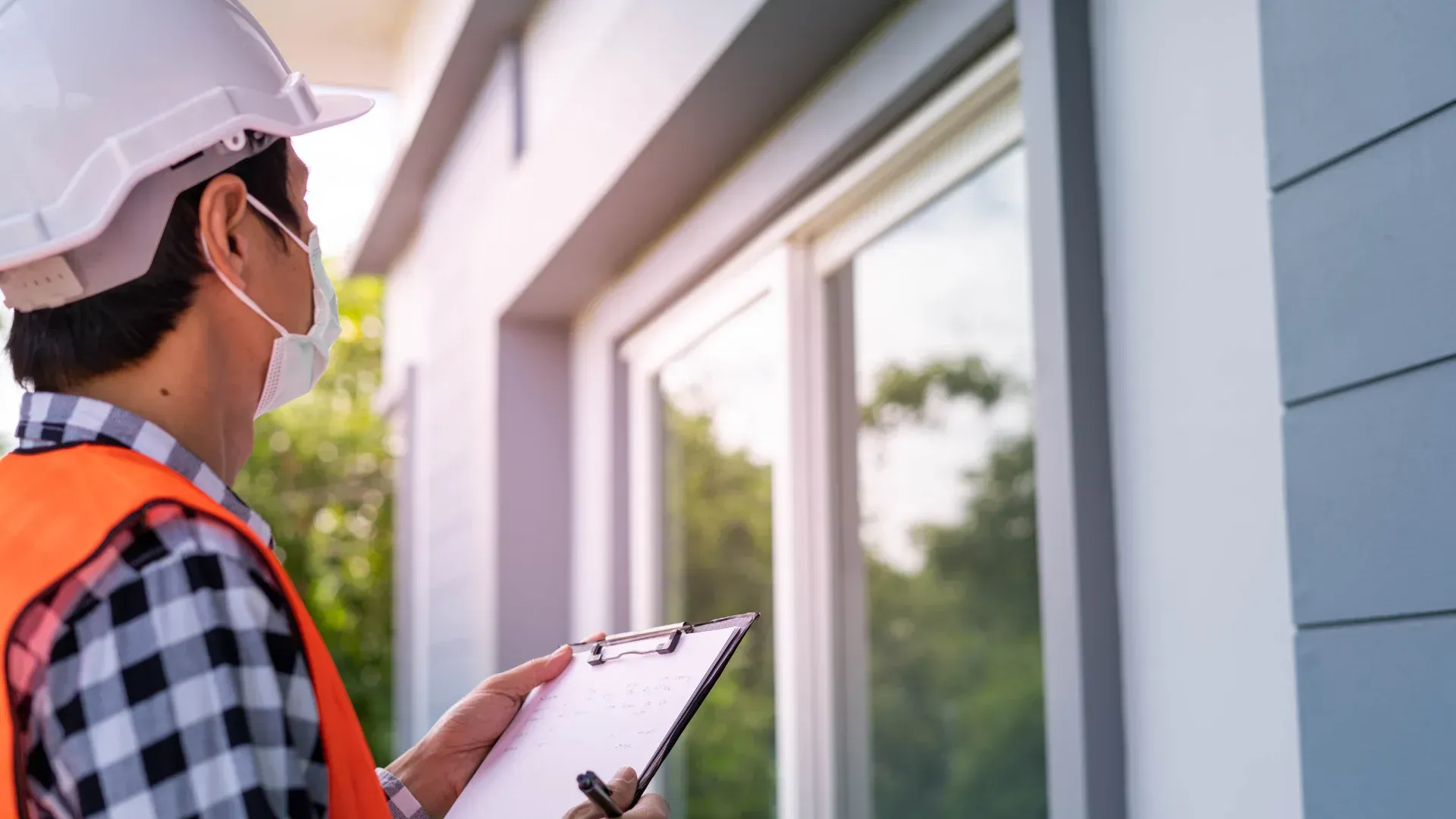What Maintenance Does a Tile Roof Need?
A tile roof is a fantastic investment for any Arizona home. Its classic beauty and renowned durability are built to withstand our harsh sun. However, the common misconception that tile roofs are "maintenance-free" can lead to costly problems down the line.
While the clay or concrete tiles themselves can last for decades, the system protecting your home requires proactive care to reach its full lifespan.
Proper maintenance for a tile roof focuses on preserving the critical components hidden beneath the surface.
The Most Critical Maintenance Task: Underlayment Replacement
The biggest secret to a tile roof's longevity isn't the tiles—it's the waterproofing barrier beneath them, called the underlayment. This felt or synthetic fabric is the true shield against monsoon rains.
- What to expect: Even with the best materials, the underlayment has a finite life. In Arizona's extreme heat, it typically needs to be replaced every
20 to 30 years. This process, known as
reroofing, involves carefully removing the tiles, installing a new underlayment system, and reinstalling the original tiles.
- Why it matters: This is the most important maintenance item for preventing leaks. Waiting until the underlayment fails often means repairing water damage to your home’s interior structure.
Essential Annual Maintenance for Homeowners
Beyond the major reroofing project, regular upkeep is required to keep the system sound.
- Replace Broken Tiles Immediately: Cracked or broken tiles create openings for water and pests. After any storm, visually scan your roof from the ground and arrange for prompt replacement of any damaged tiles to maintain a continuous protective barrier.
- Clean Debris from Valleys and Flashing: The areas where two roof planes meet (valleys) and the metal seals around protrusions (flashing) are critical. Debris like leaves, dirt, and twigs clog these areas, trapping moisture and leading to rot and leaks. These should be kept clear.
- Keep the Roof Surface Clear: Blow off leaves, pine needles, and other organic debris. This prevents moisture retention and stops plant matter from decomposing on your roof, which can damage the tiles and underlayment over time.
Why Professional Inspections Are Non-Negotiable
Many components of tile roof maintenance are not DIY tasks. Walking on a tile roof can easily crack tiles and void warranties.
This is why annual professional inspections are a cornerstone of responsible ownership. Our experts safely navigate your roof to:
- Identify hidden cracks or damage.
- Check the integrity of flashings and seals.
- Assess the condition of the underlayment from subtle clues.
- Clean areas that are unsafe for homeowners to access.
A Simple Maintenance Schedule for Your Tile Roof
- After Every Major Storm: Visually check from the ground for obvious damage.
- Bi-Annually (Spring & Fall): Have gutters cleaned and check for debris in roof valleys.
- Annually: Schedule a professional inspection.
- Every 20-30 Years: Plan for a reroofing project to replace the underlayment.
Protect Your Investment with Proactive Care
A well-maintained tile roof can protect your home for 50 years or more. Neglecting it, however, can lead to premature failure and severe interior water damage.
We offer free, no-obligation inspections to give you a clear understanding of your roof's condition and what maintenance it needs to stay in optimal shape
Keep your tile roof performing flawlessly for decades to come. Schedule your free maintenance inspection today.
Frequently Asked Questions
Q: Can I walk on my tile roof to clean it myself?
A:
We do not recommend it. Walking on a tile roof is highly likely to crack tiles and can be dangerous. It's best to leave cleaning and repairs to professionals with the right safety equipment and expertise.
Q: What is the benefit of reroofing vs. a full replacement?
A:
Reroofing is a cost-effective maintenance procedure. It reuses your existing, undamaged tiles and only replaces the worn-out underlayment, restoring your roof's waterproofing at a fraction of the cost of a full tear-off.
Q: How do I know if my underlayment is failing?
A:
The most common sign is a leak inside your home, especially after rain. Other signs can include tiles that are shifting or a spongy feeling when walked on (by a professional). An annual inspection can identify wear before it leads to a leak.
